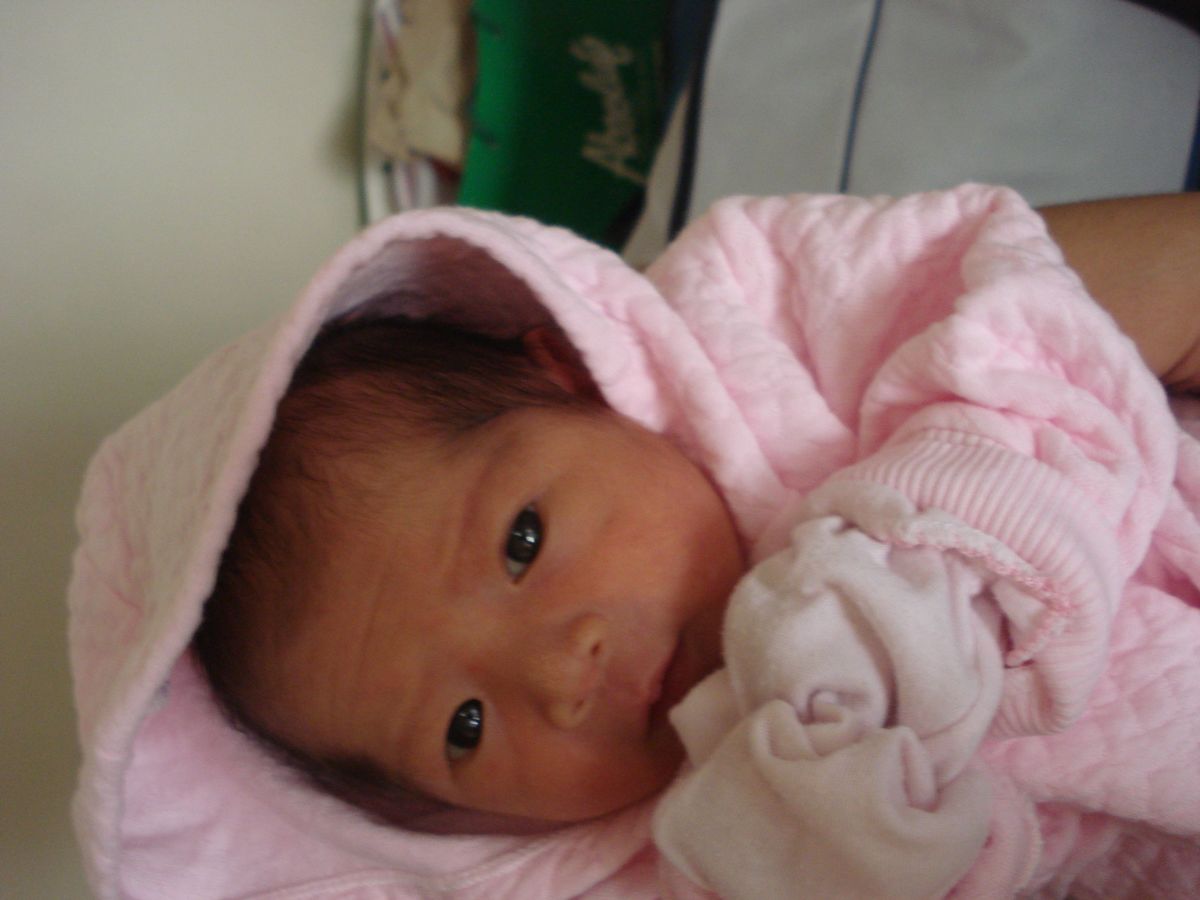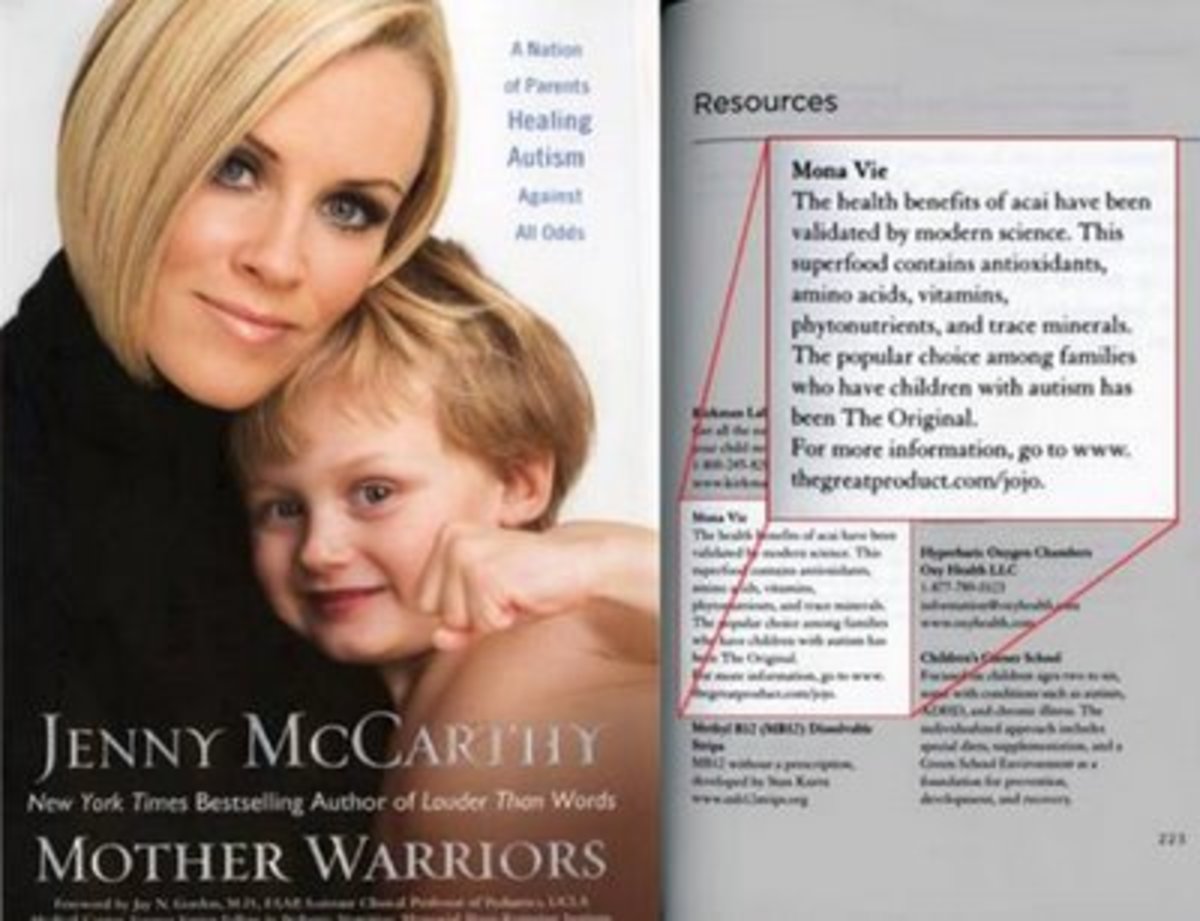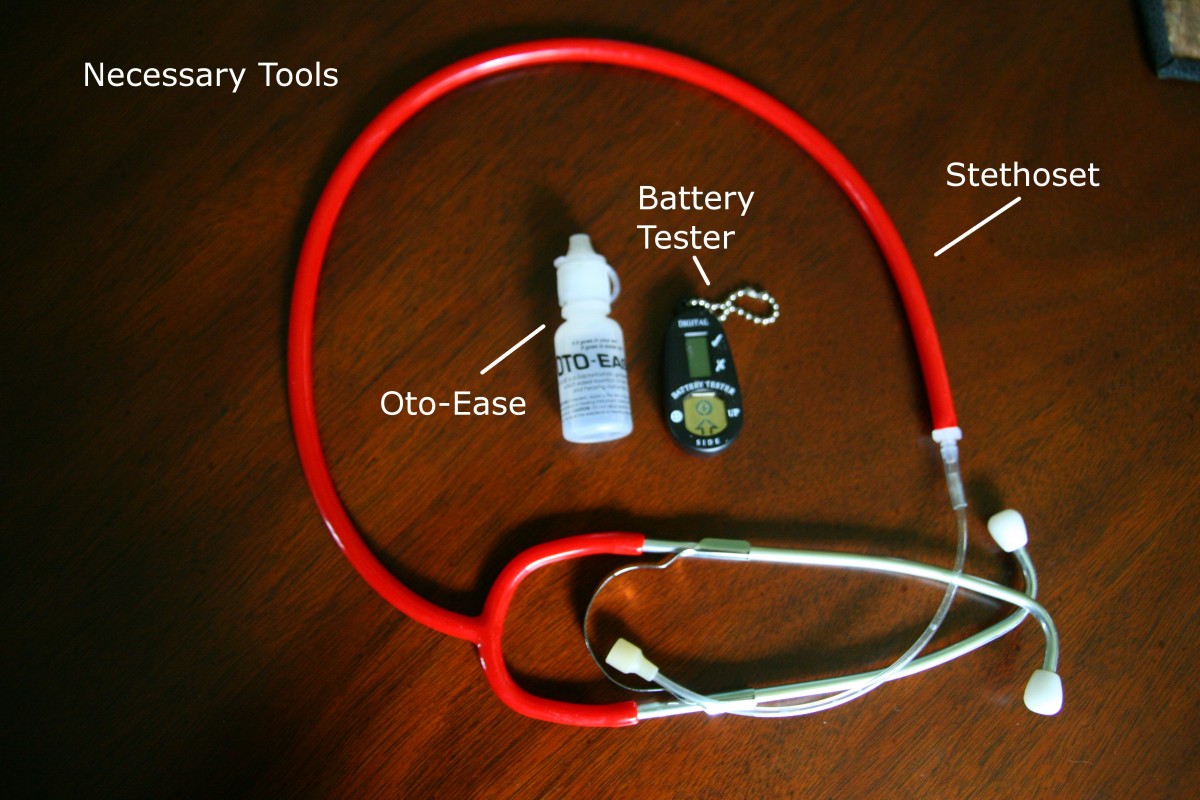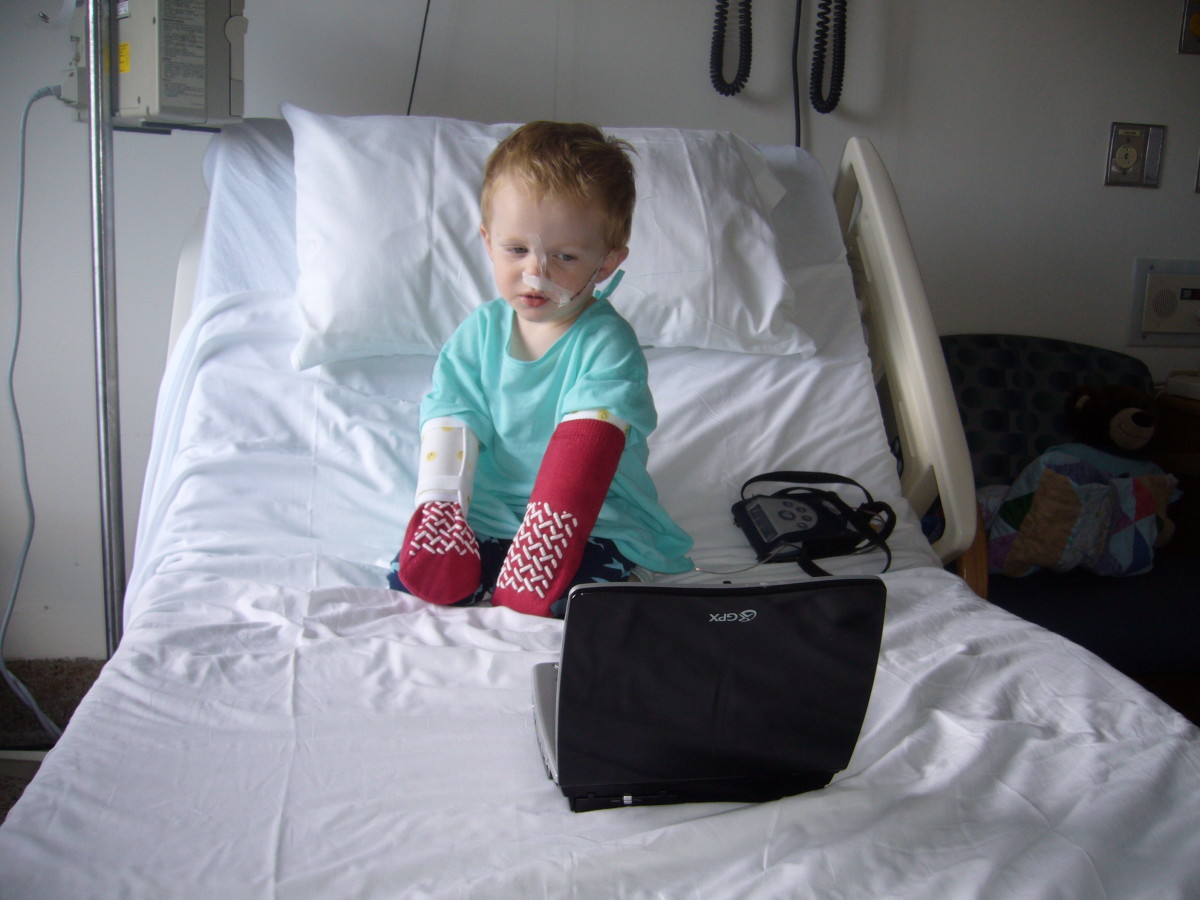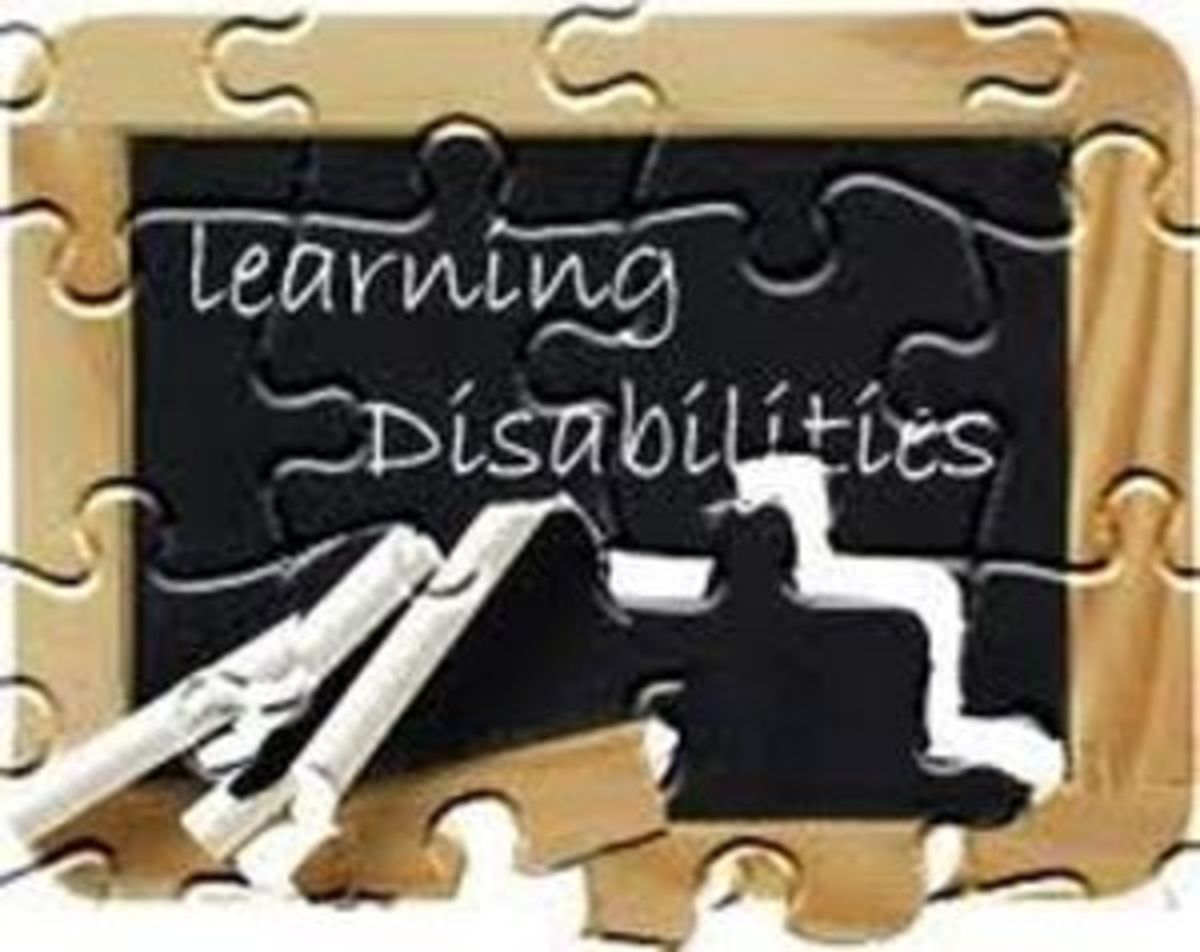List Schedule of Immunization Shots for Children
Vaccines for Kids
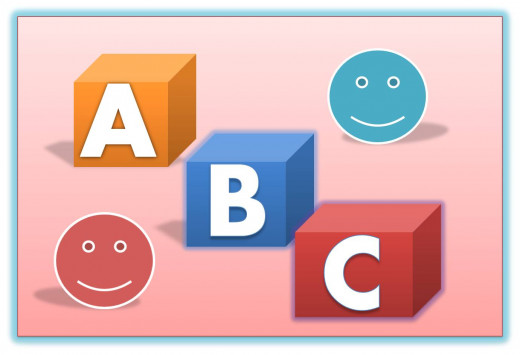
Vaccines protect children from some of the most deadly diseases in the world. At birth, infants have a limited amount of immunity and are vulnerable to almost all diseases that adults have built up immunity against. In countries that do not vaccinate their children, the infant mortality rate is higher. However, according The World Health Organization (Who), 7 out of 10 deaths of children in developing countries are related to pneumonia, diarrhea, measles, malaria and malnutrition. However, malnutrition impairs the immune system, regardless of vaccinations, and hinders the ability of the body to fight off disease.
How do Vaccines Work?
when a vaccine is injected or taken orally, the immune system immediately starts the process of attacking the disease with antibodies. Every virus has a different shape or arrangement of receptor sites , and your immune system forms distinct antibodies to adhere to the receptor sites of each individual virus to disable them from connecting within your body's cells. When the live virus finally invades your body, the antibodies remember the virus' configuration and t are prepared to stop the virus from infecting you.
Avian Flu Virus with Receptor Sites
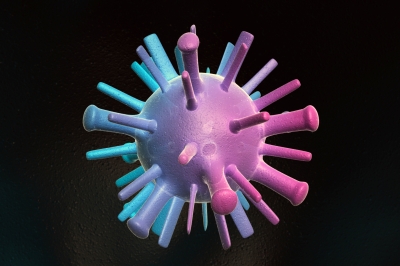
Vaccine Schedule for Infants and Children
Age of Infant or Child
| Vaccine
| Disease Protection
|
|---|---|---|
Birth
| Hep B
| Hepatitis B
|
1-2 Months
| Hep B
| Hepatitis B
|
2 Months
| RV
| Rotovirus
|
2 Months
| DTaP
| Diptheria, Tetanus and Pertusis
|
2 Months
| Hib
| Haemophilus Infuenza B
|
2 Months
| PCV
| Pneumococcus
|
2 Months
| IPV
| Polio
|
4 Months
| DTaP
| Diptheria, Tetanus and Pertusis
|
4 Months
| Hib
| Haemophilus Infuenza B
|
4 Months
| PCV
| Pneumococcus
|
4 Months
| RV
| Rotovirus
|
4 Months
| IPV
| Polio
|
6 Months
| RV
| Rotovirus
|
6 Months
| DTaP
| Diptheria, Tetanus and Pertusis
|
6 Months
| Hib
| Haemophilus Infuenza B
|
6 Months
| PCV
| Pneumococcus
|
6-18 Months
| Hep B
| Hepatitis B
|
6-18 Months
| IPV
| Polio
|
12-15 Months
| Hib
| Haemophilus Infuenza B
|
12-15 Months
| PCV
| Pneumococcus
|
12-18 Months
| MMR
| Measles, Mumps and Rubella
|
12-15 Months
| Varciella
| Chickenpox
|
12-23 Months
| Hep A
| Hepatitis A
|
*6 Months- 6 Years
| Infuenza Yearly
| The Flu
|
15-18 Months
| DTaP
| Diptheria, Tetanus and Pertusis
|
4-6 Years
| DTaP
| Diptheria, Tetanus and Pertusis
|
4-6 Years
| IPV
| Polio
|
4-6 Years
| MMR
| Measles, Mumps and Rubella
|
4-6 Years
| Varciella
| Chickenpox
|
Print Out this Schedule for Future Reference
Protect Your Children

The Diseases that Vaccines Protect Your Child Against
Hep B
Hepatitis B is an inflammation of the liver. It can be caused by a virus, toxin, or overindulgence of alcohol. The vaccination builds immunity for your child and helps protect them against developing the disease. The virus is estimated as affecting 350 million individuals and causes 620,000 deaths annually. According to the CDC, approximately 50,000 cases of Hepatitis B developed in 2008.
RV
Rotovirus is a common viral infection that is spread through the nose or mouth. It can be a serious infection in babies and young children, resulting in dehydration, high fever, diarrhea and vomiting. Many children are hospitalized with complications from a rotovirus every year.
Hib
Haemophilius influenza type B is the cause of meningitis and inflammation of the brain membranes and spinal cord. Pneumonia, mental retardation, and a life threatening infection that may block the windpipe may be the result of a haemophilius infection. The vaccine protects infants and children from contracting the disease.
PCV
Pneumococcal disease is an infection caused by theStreptococcus bacterium, also known as pneumococcus. An infection can result in pneumonia, infection of the blood sepsis, middle-ear infection or bacterial meningitis.
MMR
This vaccine protects your baby from Measles, Mumps and Rubella. Measles can cause pneumonia, serious middle or inner ear infections, seizures and death. Mumps may cause meningitis and brain swelling. Rubella is known to cause serious birth defects in pregnant women and result in complications of an unborn baby: such as miscarriage, stillbirth or premature labor. Children may experience rash, pneumonia and a painful form of arthritis.
DTaP
Diptheria causes swelling of the cardiac muscle, induces heart failure, and may result in coma, paralysis and death. Tetanus is contacted by cuts in the skin, usually the feet. Tetanus may create violent muscle spasms that cause broken bones. Patients with tetanus may experience breathing difficulty and death. Pertusis is usually known as “whooping Cough,” and may cause the cessation of breathing and pneumonia.
IPV
The Polio virus may cause paralysis and possibly death. Infected persons may not have symptoms until they are unable to move a limb or sit up. Due to vaccinations, the polio virus is all but eradicated in the U.S.
Hep A
The major effect of hepatitis A is liver failure. Hep A is usually contracted through contaminated food or water or personal contact. The characteristic jaundice (yellow skin and eyes) is a usual sign of Hep A.
Vaccinations Protect Everyone
With the use of vaccinations, we can eradicate some of the most deadly diseases on the planet. If you are immune to chickenpox or polio, you cannot infect a pregnant women or elderly person with the deadly virus. It is important to keep our communities safe from the potential complications of deadly viruses and bacteria. Also, remember to get your flu shot this year.




